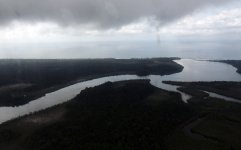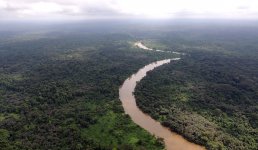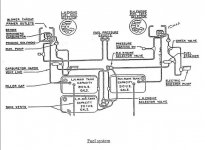Simon1
Gold Member
- Jun 11, 2015
- 12,194
- 56,930
- Primary Interest:
- Other
Happy boithday Simon, gad I'm missing all the birthdays.
===========
Thank you Senor Don Jose.
As long as you don't miss "YOUR" birthday, we will all be happy.



Happy boithday Simon, gad I'm missing all the birthdays.






 ? like pulling teeth.
? like pulling teeth.
 ? 7 years after the defense minster and their world renowned chemical weapons expert claimed all chemical weapons in Australia was destroyed.
? 7 years after the defense minster and their world renowned chemical weapons expert claimed all chemical weapons in Australia was destroyed.
 ??
??  so they didn't follow rules of flight too closelly, Their flight plans were not followed too closely.They often filed flight planes from here to there then didn't follow them at all.You have to assume that their origiomal flight plans were flown over quite closely,in the origional searches, so ?? Not beingoverly pessimistic, but
so they didn't follow rules of flight too closelly, Their flight plans were not followed too closely.They often filed flight planes from here to there then didn't follow them at all.You have to assume that their origiomal flight plans were flown over quite closely,in the origional searches, so ?? Not beingoverly pessimistic, but


hello in Australia Jones, You are assuming, Not that your calculations aren't correct. that these are '"Airline trained pilots", they aren't. some are diciplined pilots oother cowboys, othersso they didn't follow rules of flight too closelly, Their flight plans were not followed too closely.They often filed flight planes from here to there then didn't follow them at all.You have to assume that their origiomal flight plans were flown over quite closely,in the origional searches, so ?? Not beingoverly pessimistic, but

